Solar maximum news, features and articles
Latest about solar maximum
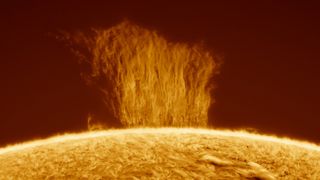
A once-in-a-lifetime view of the sun's 'solar maximum' is coming April 8th
By Jamie Carter published
With the solar cycle set to peak earlier than predicted, the sun's corona should look its spectacular spiky best for April 8's total solar eclipse.
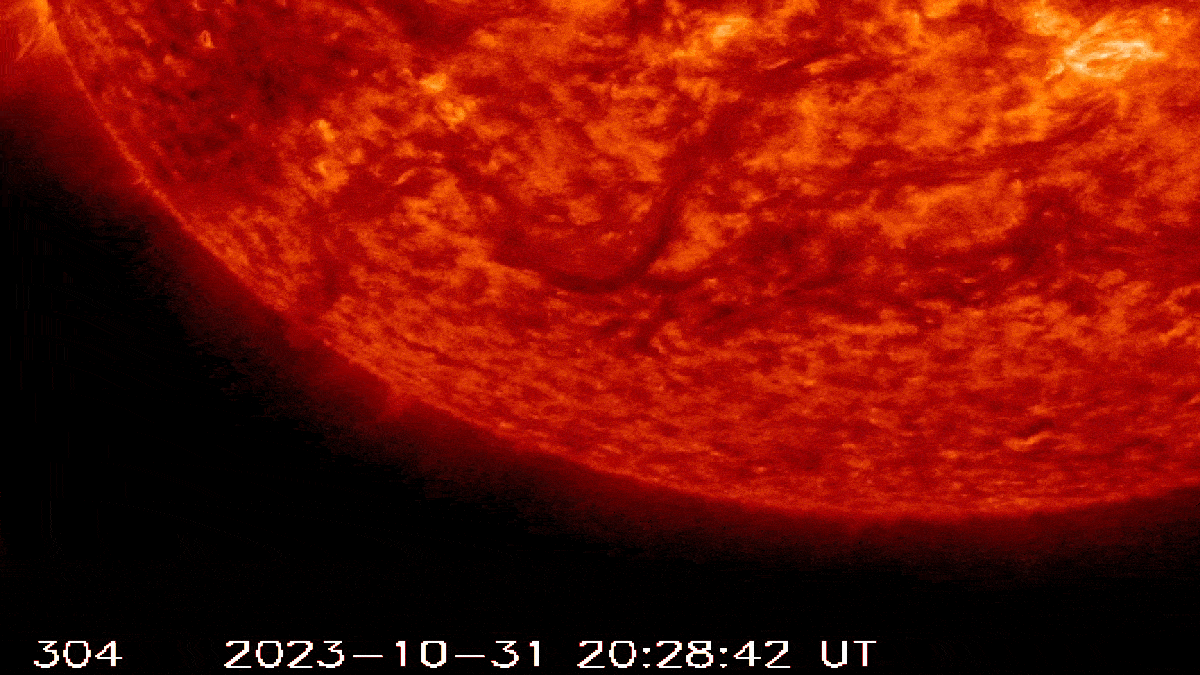
Massive solar eruption carves 60,000-mile-long 'canyon of fire' into the sun on Halloween night
By Harry Baker published
A powerful explosion from the sun briefly opened up an enormous valley on the solar surface that was more than twice as wide as the contiguous U.S. and seven times longer than Earth.
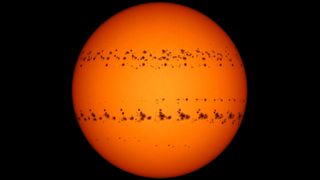
15 signs the sun is gearing up for its explosive peak — the solar maximum
By Harry Baker published
Experts believe the upcoming solar maximum could be more active and arrive sooner than previously expected. Here are 15 signs that they are right.
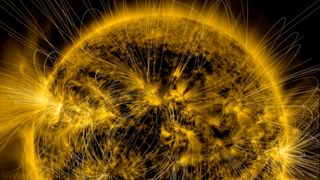
Scientists finally acknowledge that they got their solar cycle predictions wrong, and that we are fast approaching the sun's explosive peak
By Harry Baker published
NOAA's Space Weather Prediction Center has released a "revised prediction" for the current solar cycle, which states that the upcoming solar maximum will arrive sooner and be more explosive than they initially forecast — as Live Science previously reported.

Upcoming solar maximum could scramble migrating birds' internal compass, new study shows
By Harry Baker published
By analyzing how birds migrated across the U.S. over a 23-year period, researchers have shown that solar weather events can seriously disrupt the navigation of the wandering avians.
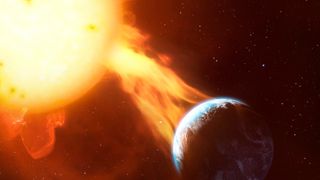
Ancient superpowered solar storm that hit Earth 14,000 years ago is the 'biggest ever identified'
By Harry Baker published
High radiocarbon levels in the rings of subfossil tree stumps suggest that an incomprehensibly powerful solar storm, known as a "Miyake event," smashed into our planet more than 14 millennia ago.

Could an impending rise in solar storms cause more whales to strand?
By Harry Baker published
Past research suggests that some whale species are more likely to get lost and accidentally beach themselves during periods of increased solar activity, such as the upcoming solar maximum.

All of Neptune's clouds have mysteriously disappeared, and the sun may be to blame
By Ben Turner published
The disappearance of the gas giant's clouds is tied to the sun's 11-year cycle.
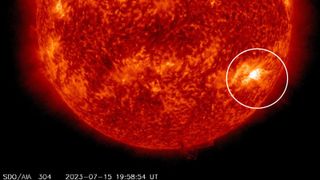
'Cannibal' coronal mass ejection that devoured 'dark eruption' from sun will smash into Earth today (July 18)
By Harry Baker published
Two coronal mass ejections have combined into an enormous cloud of magnetized plasma that is forecast to hit Earth on Tuesday and potentially trigger a weak geomagnetic storm.
Sign up for the Live Science daily newsletter now
Get the world’s most fascinating discoveries delivered straight to your inbox.

